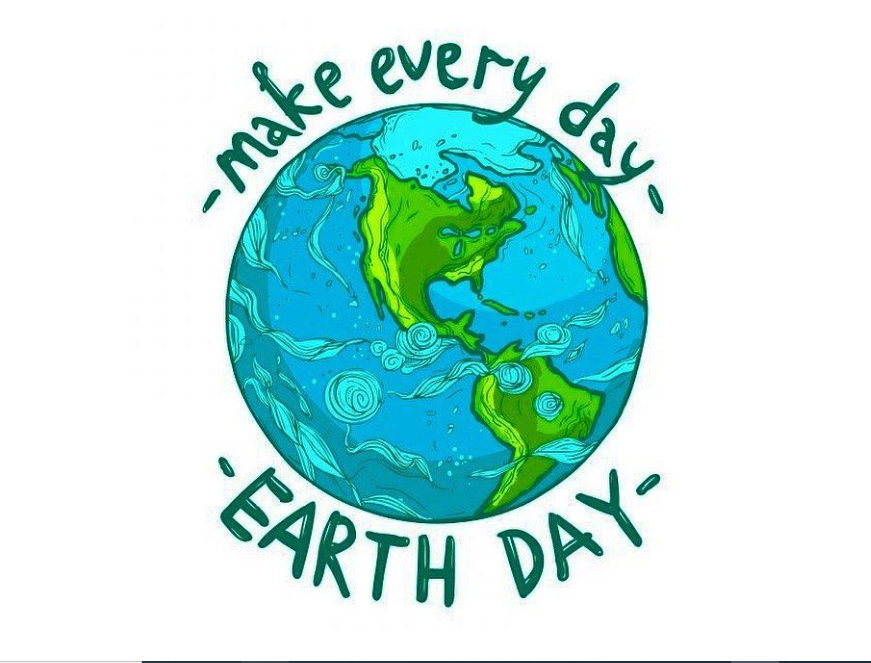Shortages of basic goods still plague the U.S. economy, two and a half years after the pandemic’s onset turned global supply chains upside down. Want a new car? You may have to wait as long as six months. Looking for a spicy condiment? Supplies of sriracha have been running dangerously low. If you feed your cat or dog dry pet food, expect empty shelves or elevated prices.
Baby formula, wine and spirits, lawn chairs, garage doors, butter, cream cheese, cereal, and more have also been facing shortages in the U.S., and popcorn and tomatoes are expected to be in short supply soon. While each product experiencing a shortage has its own story, at the root of most is a concept people in my field call the “bullwhip effect.” The term was coined in 1961 by MIT computer scientist Jay Forrester in his book Industrial Dynamics. It describes what happens when fluctuations in demand reverberate and amplify throughout the supply chain, leading to worsening problems and shortages.
Imagine the physics of cracking a whip. It starts with a small flick of the wrist, but the whip’s wave patterns grow exponentially in a chain reaction, leading to the tip, a snap, and a sharp pain for anyone on the receiving end. The same can happen in supply chains when orders for a product from a retailer go up or down by some amount and that gets amplified by wholesalers, distributors, and raw material suppliers. The pandemic, which led to lengthy lockdowns, massive unemployment, and a whole host of other effects that messed up global supply chains, essentially supercharged the bullwhip’s snap.
The supply of autos is one such example. New and used vehicles have been in short supply, at times forcing consumers to wait as long as a year for the most popular models. In early 2020, carmakers began to anticipate a fall in demand, so they scaled back production. This sent a signal to suppliers, especially of computer chips, that they would need to find different buyers for their products. Computer chips aren’t one-size-fits-all; they are designed differently depending on their end use. So, chipmakers began making fewer chips intended for use in cars and trucks and more for computers and smart refrigerators.
When demand for vehicles suddenly returned in early 2021, carmakers were unable to secure enough chips to ramp up production. Production last year was down about 13 percent from 2019 levels. Since then, chipmakers have begun to produce more car-specific chips, and Congress even passed a law to beef up U.S. manufacturing of semiconductors. Some carmakers have decided to sell incomplete cars, without chips and the special features they power like touchscreens, to relieve delays. But shortages remain. You could chalk this up to poor planning, but it’s also the bullwhip effect in action.
This is a problem for a lot of goods and parts, especially if they, like semiconductors, come from Asia. In fact, pretty much everything Americans get from Asia — about 40 percent of all U.S. imports — could be affected by the bullwhip effect. Most of this stuff travels to the U.S. by container ships, the cheapest means of transportation. That means goods must typically spend a week or longer traversing the Pacific Ocean.
The bullwhip effect comes in when a disruption in the information flow from customer to supplier happens. Let’s say a customer sees that an order of lawn chairs has not been delivered by the expected date. So, the customer complains to the retailer, which in turn orders more from the manufacturer. Manufacturers see orders increase and pass the orders on to the suppliers with a little added, just in case. What started out as a delay in transportation now has become a major increase in orders all down the supply chain. Now the retailer gets delivery of all the products it over-ordered and reduces the next order to the factory, which reduces its order to suppliers, and so on.
Now try to visualize the bullwhip of orders going up and down at the suppliers’ end. The pandemic caused all kinds of transportation disruptions — whether due to a lack of workers, problems at a port, or something else — most of which triggered the bullwhip effect.
When will these problems end? The answer will likely disappoint you. As the world continues to become more interconnected, a minor problem can become larger if information is not available. Even with the right information at the right time, life happens. A storm might cause a ship carrying new cars from Europe to be lost at sea. Having only a few sources of baby formula causes a shortage when a safety issue shuts down the largest producer. Russia invades Ukraine, and 10 percent of the world’s grain is held hostage.
The early effects of the pandemic led to a sharp drop in demand, which rippled through supply chains and decreased production. A strong U.S. economy and consumers flush with coronavirus cash led to a surge in demand in 2021, and the system had a hard time catching up. Now the impact of soaring inflation and a looming recession will reverse that effect, leading to a glut of stuff and a drop in orders. And the cycle will repeat.
These disruptions will take many years to recover from. And as inflation reduces demand for goods and consumers begin cutting back, the bullwhip will again work its way through the supply chain, and you’ll see more shortages as it does.
Michael Okrent is a supply chain expert with Colorado State University.
This story originally appeared in The Conversation, a nonprofit, independent news organization dedicated to unlocking the knowledge of experts for the public good.

